Date: 19 October 2012
The bundled light beam is capable of finishing glass in many different forms... and all this extremely fast, precise and cost-efficient.
The optical and functional finishing of flat glass of interior and exterior applications belongs to the sectors of the glass industry with the strongest growth. Technologies employed so far, for example, screen printing, etching and sandblasting, have proven in practical application but their implementation is very laborious. The latest laser technology is able to perform many of the glass finishing processes that can be realised with classical methods, but much more efficient. In addition, laser opens entirely new ways of finishing. It creates highly precise decors with superb quality, both on the glass surface and in the core of the material, a method no other finishing process is capable of.
Subsurface engraving opens up new possibilities
Subsurface engraving is the laser application best known to date. Everybody has seen the small glass cubes with integrated three-dimensional motives or portraits on trade shows. This mature technology can be employed with the same precision also over large areas on flat glass. Individual motifs and decors can be simply generated on the PC and introduced into the glass in nearly any size. The three-dimensional aspects of the decors are absolutely unique. Of particular interest, for example, for applications in the area of privacy protection or light direction, is the integration of minute lamella structures. Their expressions can be freely selected; they create reliable privacy protection against curious looks or direct the light into the depth of the room. Apart from the outstanding optical effect glass engraving also offers another benefit: The surfaces of the flat glass remain absolutely intact and are easy to maintain. Subsurface glass engraving can also be used, for example, on full glass doors, partitions, glass railings, etc. All types of transparent flat glass can be used, with the exception of ESG.
Stripping and cutting
The scope of services of laser technology developed by the Minden laser systems manufacturer, Cerion GmbH, is much more extensive. Their laser, for example, can also be used to strip mirrors and remove other technical glass coating. The concentrated light beam thereby removes the material without residues and leaves the underlying glass clear and smooth or frosts it, depending on the application. This allows, amongst others, the application of customised finishing to mirrors or providing enamelled and also painted glass with freely selectable decors. In addition, the solid state laser can also process three-dimensional surfaces and cut glass. The possible combinations of the different tasks performed by a single machine make laser technology very efficient and economic. For example, subsurface engraving and a structured surface can be generated in a single process; holes can subsequently be drilled into the material and finally, the custom outside contour of the glass element can be cut. If desired, the edge of the glass is rounded in the same process step. No more rework is required.
Precision surface finishing
While subsurface glass engraving works only with clear, transparent glass, surface finishing with the laser can be used for all flat glass products available on the market. The CO2 laser employed for this area of application allows realising very fine (0.1 mm) structures with different grey scales of photographic quality as well as total surface frosting. Depending on the decor, up to 3 square metres of glass at a resolution of up to 250 dpi (dots per inch) can be finished per hour with the laser. "The lasered surfaces have a strong contrast, are mechanically stable and less sensitive against fingerprints and dirt than sandblasted or etched surfaces" emphasises Cerion Managing Director Dipl. Phys. Andreas Wienkamp. In contrast to etching, sandblasting and screen printing no elaborate preparation or follow-up work is required. The desired structures and decors are simply transferred from the PC to the machine and then engraved fully automatically into the glass. This unsophisticated implementation makes even the finishing of small batches or individual pieces economic.
Product marking is another application of the CO2 laser. In lieu of the increasing product variety and constantly accelerating production processes this application becomes more and more important to ensuring exact product tracking. In this application area, Cerion has made the marking and reading process ready to be marketed.
Certified slip resistance
When using glass products for steps and floor coverings, slip resistance becomes a decisive factor for safe foot traffic. Again, laser technology provides a futuristic solution. Using the patented Lasergrip® method from Cerion surfaces of walk-on glasses can be structured with permanent slip resistance. No material is applied here to the glass surface but a structure of micropores is created. The Lasergrip® slip resistance, certified according to R9 and R10, is hardly visible and its wear is barely noticeable. Regarding its optical quality and durability it is clearly superior to slip resistance applied by screen printing, according to Andreas Wienkamp.
Conclusion
Laser technology can replace classical methods of glass finishing and in addition, offers a series of entirely new options. Significant rationalisation potential can be utilised through fully automatic machining. Depending on the need, Cerion GmbH offers their laser systems c-matrix (horizontal) and c-vertica (vertical) each for subsurface or surface engraving or as hybrid solution where both finishing technologies are combined. Laser machines are offered both for handling smaller formats (e.g. individual door leaves) as well as large formats up to 7 x 4 m. Other benefits of laser technology are: minimum personnel required, extremely low wear, consistently high quality and a reject rate close to zero. Altogether, these performance properties make laser technology extremely interesting both for industrial operations and the glass finishing trade.
Cerion at glasstec 2012
Hall 12, Booth A22
Information
CERION GmbH
Lübbecker Str. 240
32429 Minden
Tel.: 0571-388630
Point of contact: Dipl. Phys. Andreas Wienkamp
Mobile: 0160-7841942
wienkamp@cerion.biz
www.cerion.biz

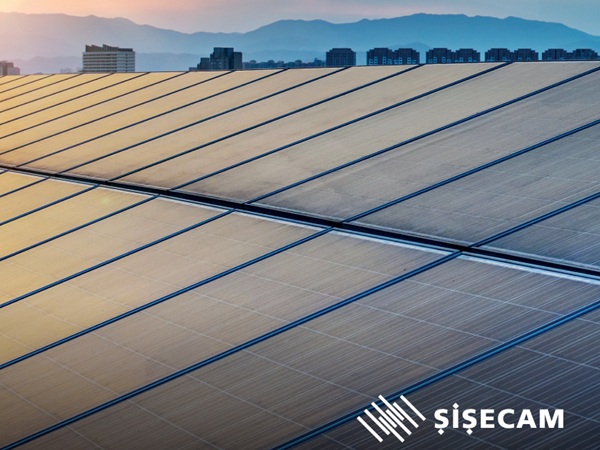
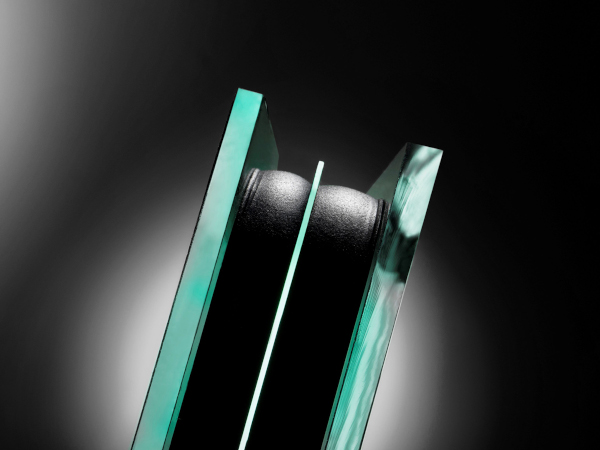
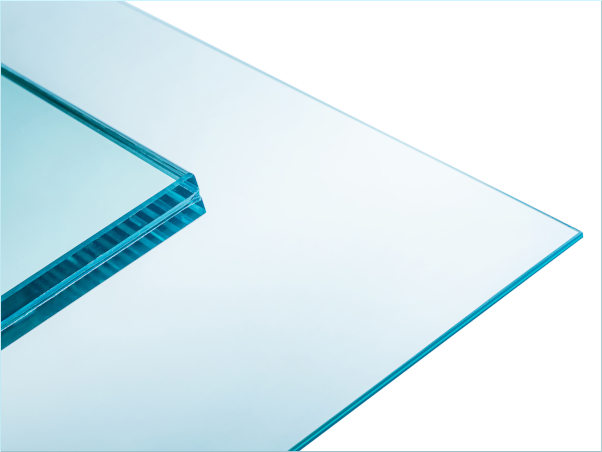
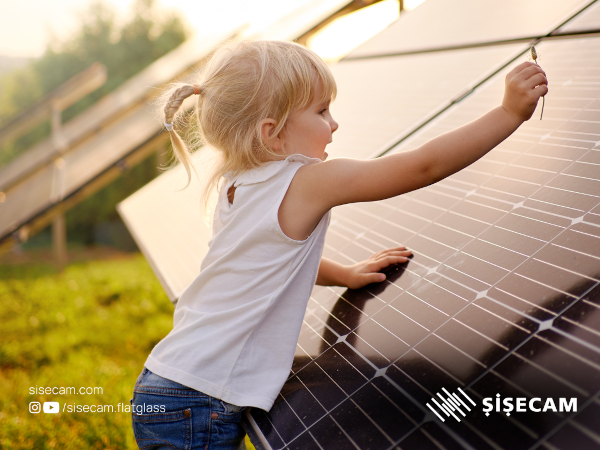
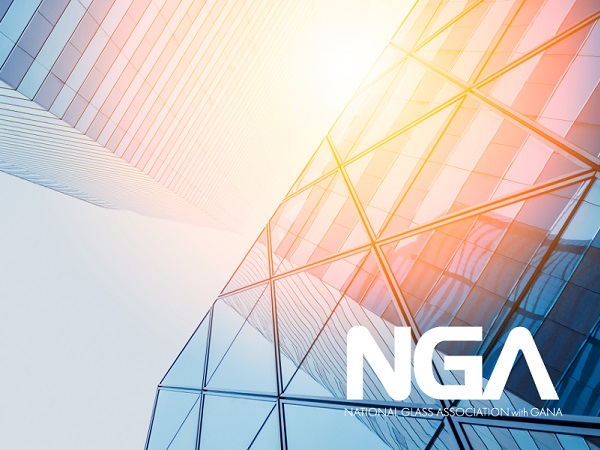
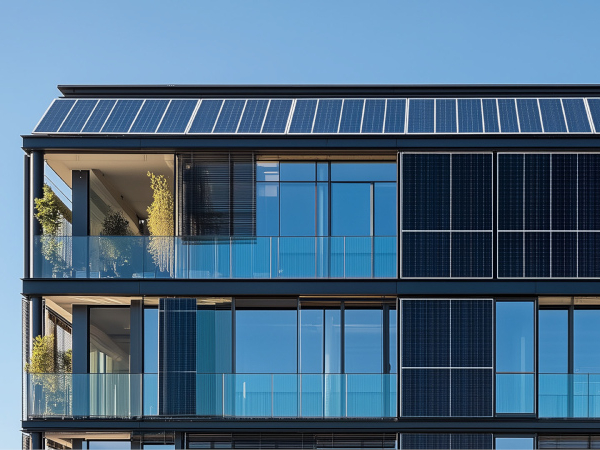




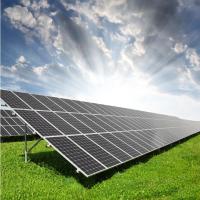
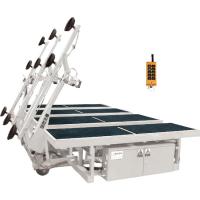
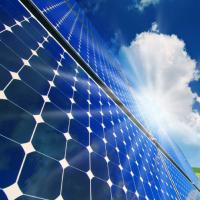
Add new comment